Professional Teeth Whitening vs. At-Home Whitening: Which Is Right for You?
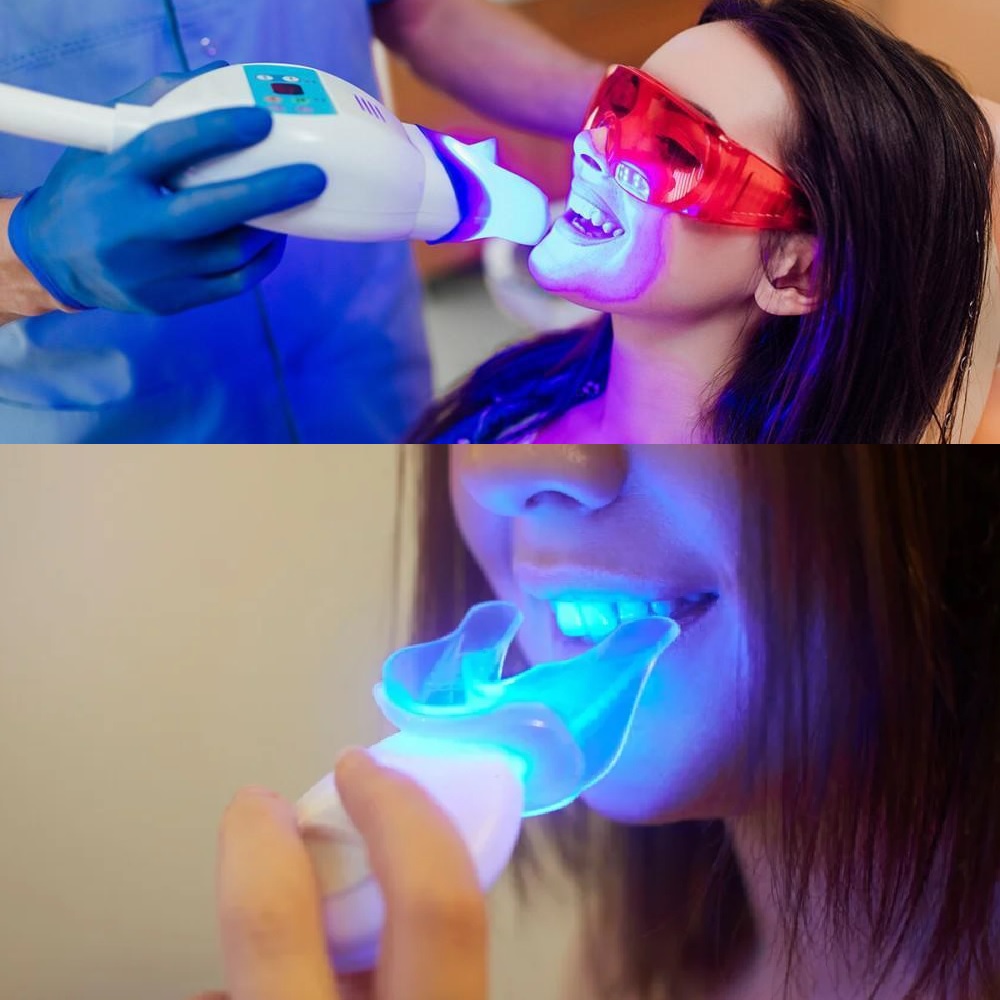
A bright, white smile can boost your confidence and make a lasting impression. If you’re considering whitening your teeth, you have two main options: professional teeth whitening done by a dentist or at-home whitening using over-the-counter products. But with so many choices, you might be wondering which is the best option for you. Each method has its pros and cons, and the right choice depends on your needs, budget, and how quickly you want to see results.
In this guide, we’ll compare professional teeth whitening with at-home whitening in terms of effectiveness, cost, convenience, and more. By the end, you’ll have a clear understanding of which option suits you best.
What Is Professional Teeth Whitening?
Professional teeth whitening refers to treatments administered by a dentist in a clinical setting. These treatments typically use high-concentration bleaching agents, such as hydrogen peroxide or carbamide peroxide, to achieve faster and more dramatic whitening results. Professional whitening is often enhanced with light or laser technology to accelerate the whitening process.
Types of Professional Whitening:
- In-Office Whitening: Performed by a dentist using powerful whitening gels and sometimes light activation for immediate results.
- Custom Whitening Trays: Provided by your dentist to use at home with professional-grade whitening gel. These trays are custom-fitted to your teeth for even application.
Internally link: Learn more about how professional whitening treatments work and what to expect from an in-office procedure.
What Is At-Home Teeth Whitening?
At-home teeth whitening involves using over-the-counter products that you can purchase without a prescription. These products generally contain lower concentrations of bleaching agents compared to professional treatments and are designed for gradual whitening over time.
Common At-Home Whitening Products:
- Whitening Strips: Thin plastic strips coated with a whitening gel that adhere to your teeth and are worn daily for a specified period.
- Whitening Toothpaste: Toothpaste containing mild abrasives and low levels of hydrogen peroxide to gradually remove surface stains.
- Whitening Trays and Gels: Pre-made trays filled with whitening gel that you wear for a set time each day.
- Whitening Pens: Small, portable pens that apply a whitening gel directly to your teeth for touch-ups on the go.
Internally link: Discover more about at-home teeth whitening products and how they compare in terms of effectiveness.
Professional Teeth Whitening: Pros and Cons
Pros of Professional Teeth Whitening
- Faster and More Dramatic Results
One of the biggest advantages of professional whitening is the speed and intensity of the results. In-office treatments can whiten teeth by up to 8 shades in a single session. You’ll walk out of the dentist’s office with a noticeably brighter smile. - Customizable Treatment
Because a dentist administers professional whitening, the treatment can be tailored to your specific needs. This ensures an even application of the whitening gel, reducing the risk of uneven whitening or irritation to the gums. - Deeper Stain Removal
Professional whitening is more effective at removing both extrinsic stains (surface stains) and intrinsic stains (deep stains within the tooth structure). This makes it a better option for people with discoloration caused by aging, medication, or trauma. - Reduced Risk of Sensitivity
A dentist can apply desensitizing agents before and after treatment to minimize sensitivity. Custom trays and careful application of the whitening gel also protect your gums and teeth from excessive irritation.
Learn about managing sensitivity during teeth whitening for more tips on reducing discomfort.
Cons of Professional Teeth Whitening
- Cost
Professional teeth whitening is more expensive than at-home options. In-office treatments can range from $300 to $1,000 per session, while custom trays may cost $200 to $400. While the results are often more dramatic, the higher cost may not be suitable for everyone’s budget. - Requires a Dental Appointment
Professional whitening requires scheduling and attending a dental appointment, which can be less convenient than using an at-home product on your own schedule. - Potential for Short-Term Sensitivity
Even with precautions, some patients may experience temporary tooth sensitivity or gum irritation after professional whitening, though it typically subsides within a few days.
At-Home Teeth Whitening: Pros and Cons
Pros of At-Home Teeth Whitening
- Affordability
At-home whitening products are significantly less expensive than professional treatments. Depending on the product, you can spend between $20 and $100, making it an affordable way to achieve gradual whitening results. - Convenience
At-home whitening allows you to whiten your teeth on your own schedule. Whether you prefer whitening strips, trays, or toothpaste, these products are easy to incorporate into your daily routine without needing to visit the dentist. - Gradual Results
At-home whitening products work over time, so you can gradually whiten your teeth to your desired shade. This can be beneficial for those who want a more subtle improvement or who want to avoid the dramatic contrast of an instant whitening treatment. - Widely Available
At-home whitening products are available at most drugstores, online, or even at your dentist’s office. No prescription or appointment is required.
Internally link: Read more about the different types of at-home whitening products and how to choose the right one for your needs.
Cons of At-Home Teeth Whitening
- Slower Results
While at-home products are effective at removing stains, they typically take 1-2 weeks to produce noticeable results. For people looking for a quick transformation, at-home options may not deliver fast enough. - Limited Whitening Power
At-home whitening products contain lower concentrations of bleaching agents, meaning they may not be as effective on deep or intrinsic stains. For those with severe discoloration, professional treatment may be required to achieve the desired level of whiteness. - Risk of Uneven Results
Pre-made trays or strips may not fit your teeth perfectly, which can lead to uneven whitening. Gaps or overlaps can cause some areas to whiten more than others, leaving an inconsistent result. - Increased Risk of Sensitivity
Some people may experience tooth sensitivity or gum irritation from using at-home whitening products, especially if used incorrectly or too frequently. These products do not come with the same level of professional supervision as in-office treatments.
Internally link: Learn more about managing sensitivity from at-home whitening treatments to ensure a comfortable experience.
Which Whitening Option Is Right for You?
Choosing between professional teeth whitening and at-home options depends on several factors. Here’s a breakdown to help you make an informed decision.
Choose Professional Whitening If:
- You want fast and dramatic results. Professional whitening can brighten your teeth by several shades in just one appointment, making it ideal if you have an event or occasion coming up.
- You have intrinsic stains that over-the-counter products won’t address. Deeper discoloration caused by aging, trauma, or medication often requires the stronger bleaching agents used by dentists.
- You’re concerned about sensitivity. A professional can customize your treatment to minimize irritation, apply desensitizing agents, and monitor your progress to ensure comfort.
Choose At-Home Whitening If:
- You prefer a more gradual whitening process. If you don’t mind waiting a week or two to see results, at-home whitening products are a convenient and affordable solution.
- You have mild to moderate surface stains from coffee, tea, smoking, or other lifestyle habits. At-home products work well for extrinsic stains.
- You’re on a budget. At-home whitening products are a fraction of the cost of professional treatments and can still deliver noticeable improvements.
- You want whitening maintenance. At-home products can be used for regular touch-ups to maintain results after an initial professional whitening treatment.
Maintaining Your Whitening Results
Regardless of whether you choose professional or at-home whitening, maintaining your results is key to keeping your smile bright. Here are a few tips for extending the life of your whitening treatment:
1. Avoid Stain-Causing Foods and Drinks
Limit your consumption of foods and beverages that stain, such as coffee, tea, red wine, and dark-colored fruits. When you do consume them, consider using a straw or rinsing your mouth with water afterward to minimize staining.
2. Use Whitening Toothpaste
Incorporate a whitening toothpaste into your daily routine to help remove surface stains and prevent new discoloration. This can help prolong the effects of your whitening treatment.
3. Touch-Up Treatments
For those who opt for professional whitening, consider using at-home touch-up treatments like whitening strips or pens to maintain your results between appointments.
4. Maintain Good Oral Hygiene
Brushing and flossing daily is essential for preventing plaque buildup and keeping your teeth healthy and white. Regular dental checkups will also help keep your smile in top shape.
Internally link: Read more about how to maintain a white smile after whitening treatments to keep your teeth looking their best.
Conclusion
When deciding between professional teeth whitening and at-home whitening, consider your goals, budget, and the condition of your teeth. If you’re looking for quick, dramatic results and have deep stains, professional whitening may be the best option. However, if you prefer a more gradual approach or are on a budget, at-home whitening products can still deliver effective results with regular use.
If you’re unsure which method is right for you, consult with your dentist to discuss your needs and receive personalized recommendations.
Related Posts You Might Like:
- How to Choose the Right Whitening Option for Sensitive Teeth
- At-Home Whitening vs. In-Office Treatments: Pros and Cons
- Maintaining a Bright Smile: Tips for Long-Lasting Whitening Results



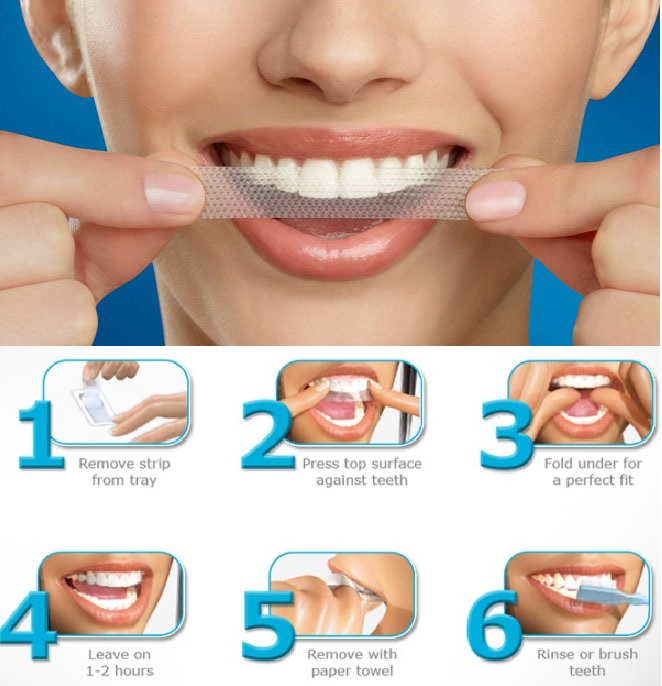
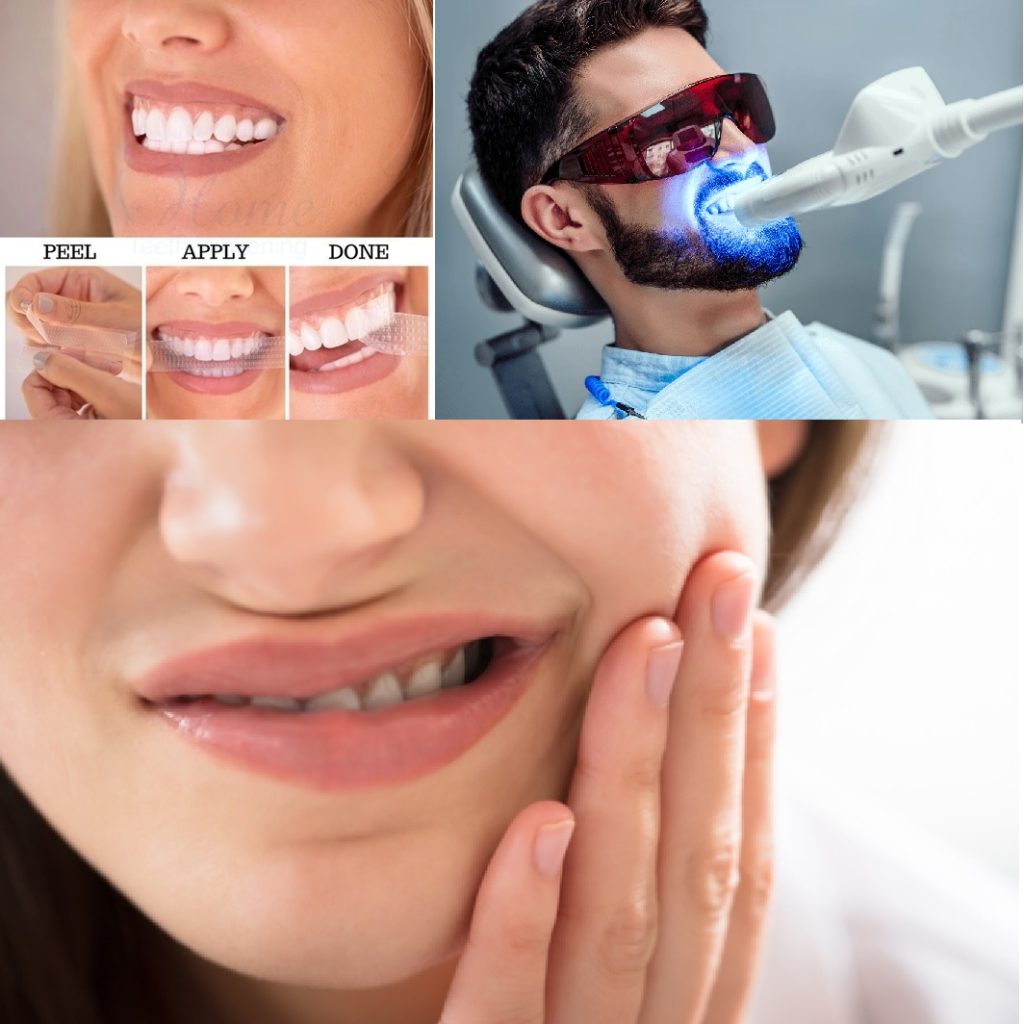

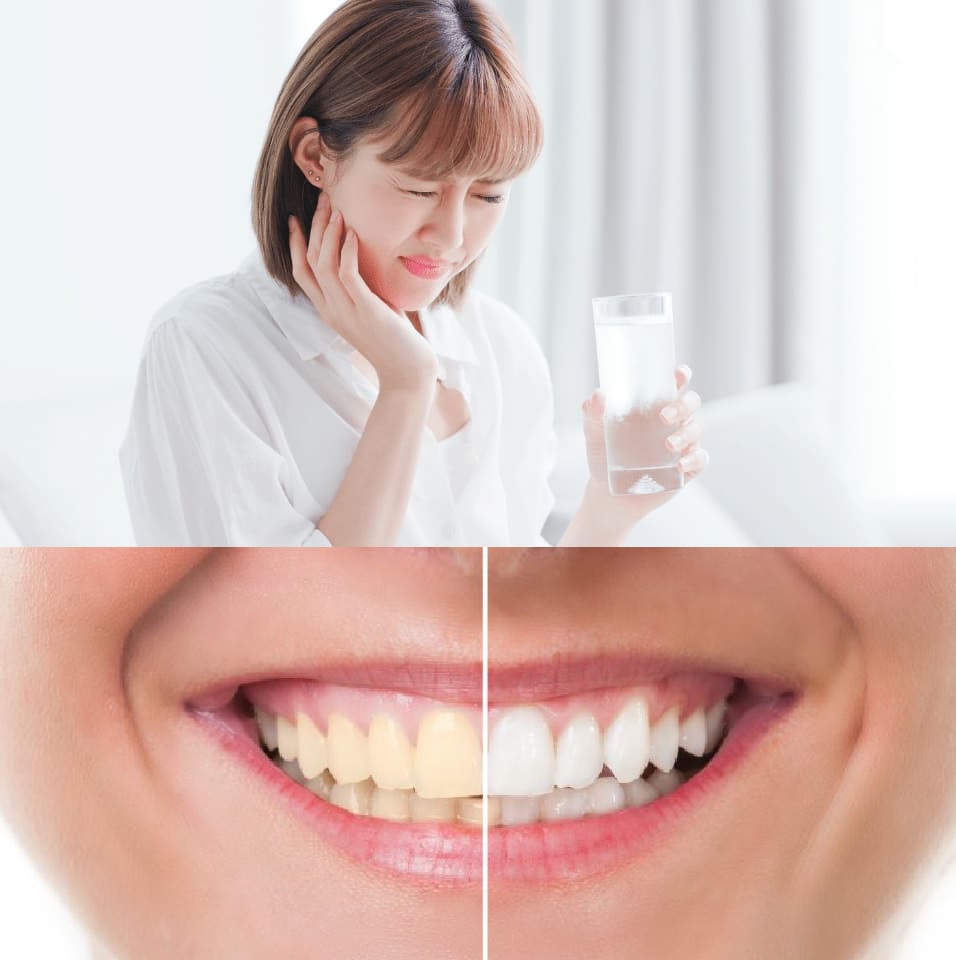
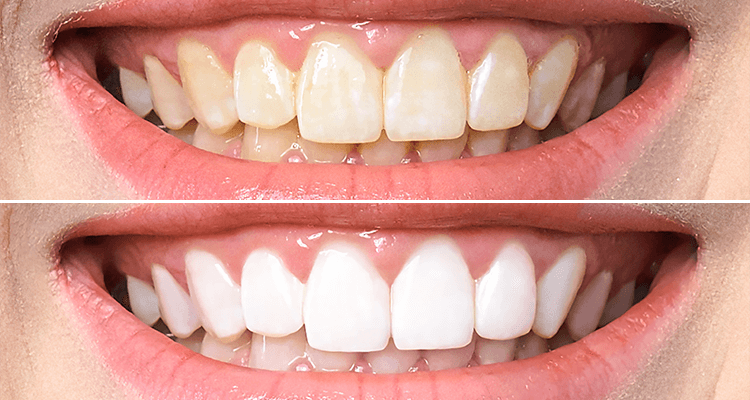
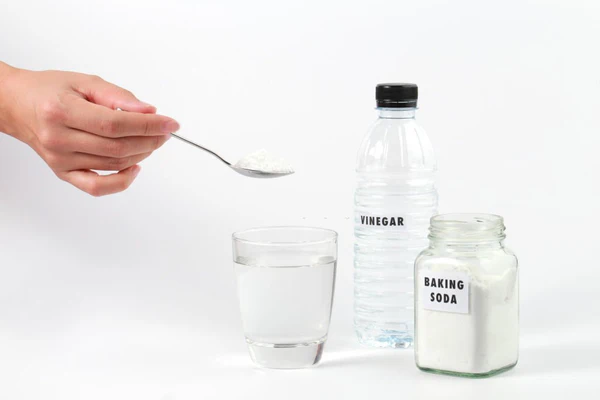

0 Comments on “Professional Teeth Whitening vs. At-Home Whitening: Which Is Right for You?”